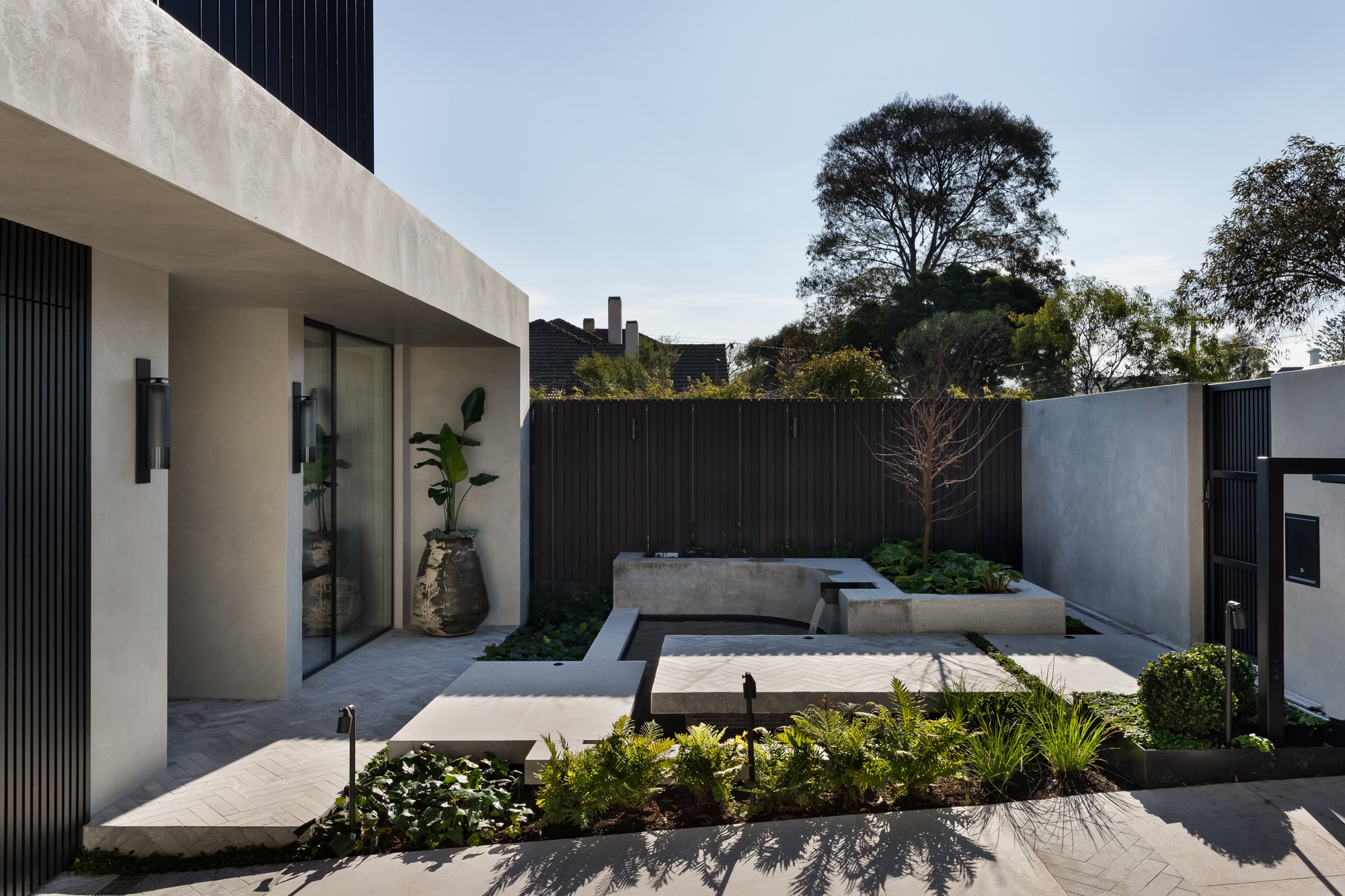How Great Design can Transform your Home
Good design is something that many people aspire to in their homes, but what exactly makes one home design more appealing than another?
A well-thought-out design can improve functionality, increase natural light, provide better thermal performance, and even add value to your property. Here are some clever ways that thoughtful architectural design can truly transform your home.
1. Maximising Space Without Extending
One of the biggest misconceptions about improving a home is that more space means a bigger footprint. A skilled architect can help you reconfigure your existing layout to create a sense of openness and flow without needing to extend. This might include removing unnecessary walls, improving storage solutions, or repositioning rooms to enhance usability and connection between spaces.
2. Bringing in More Natural Light
Natural light can completely change the feel of a home, making it brighter, more inviting, and more energy-efficient. Thoughtful design can introduce more daylight through strategic window placement, skylights, or even internal courtyards. A well-placed window can frame a beautiful view, while also helping to passively heat and cool your home by controlling how sunlight enters throughout the year.
3. Improving Indoor-Outdoor Connection
Seamless transitions between indoors and outdoors can make a home feel more spacious and enjoyable. Architects often use large sliding doors, bi-folds, or integrated verandahs to create a strong connection to outdoor living spaces. This not only enhances lifestyle but also encourages natural ventilation and brings a sense of nature into the home.
4. Enhancing Functionality and Flow
A home that functions well makes everyday living easier. A clever design ensures that spaces flow logically and are tailored to your lifestyle. This could mean positioning the kitchen as the heart of the home, ensuring bedrooms are quiet and private, or designing multi-purpose areas that adapt to different needs over time.
5. The Elements of Great Design
Some of the techniques that architects use to create a home design that is truly unique are:
Visual
The selection of materials and how these are put together to create visual interest and contrast.
The forms and volumes of the building and the spaces in between affect how you experience the space as you inhabit it.
The connection with the environment you are in—whether it’s an urban landscape or the great outdoors, your home needs to respond to its unique setting.
Thoughtfully placed windows that capture light and open onto views.
Experience
How does it feel to enter the home? Is it a grand entry or a quieter experience?
How do you experience light at different times of the day?
Does it feel warm and homely or cool and calm?
Is it a happy place to live? Does it enhance your lifestyle?
Do you feel connected to nature when you are at home?
Functionality
A home that functions poorly can severely impact your life, while a good functional design can enhance liveability and make your life easier.
The arrangement of rooms in a logical and practical way to improve connection and flow between spaces.
Incorporating plenty of storage and considering how every corner of the home can be utilized.
Designing for comfort and longevity.
Consideration of energy efficiency and sustainability.
Durability and ongoing performance of the home.
6. Boosting Energy Efficiency and Comfort
Good design doesn’t just make a home look better—it makes it perform better. An architect can help you incorporate passive design principles, such as orientation, shading, insulation, and ventilation, to reduce energy costs and improve year-round comfort. This means your home stays cooler in summer and warmer in winter without relying heavily on artificial heating or cooling.
7. Future-Proofing Your Home
A well-designed home takes the future into account. Whether it’s planning for a growing family, accommodating changing mobility needs, or incorporating smart home technology, architects consider how your needs may evolve over time. A flexible design ensures your home remains functional and valuable for years to come.
Why Work with an Architect?
Engaging an architect means you benefit from expert knowledge and creative problem-solving. Architects bring a deep understanding of design, construction, and regulations to ensure your home not only looks beautiful but also meets practical needs, budget constraints, and long-term sustainability goals.
If you’re thinking about transforming your home, working with JDA Lammin Architects can help you unlock its full potential. Get in touch with us today to explore how great design can make all the difference!

